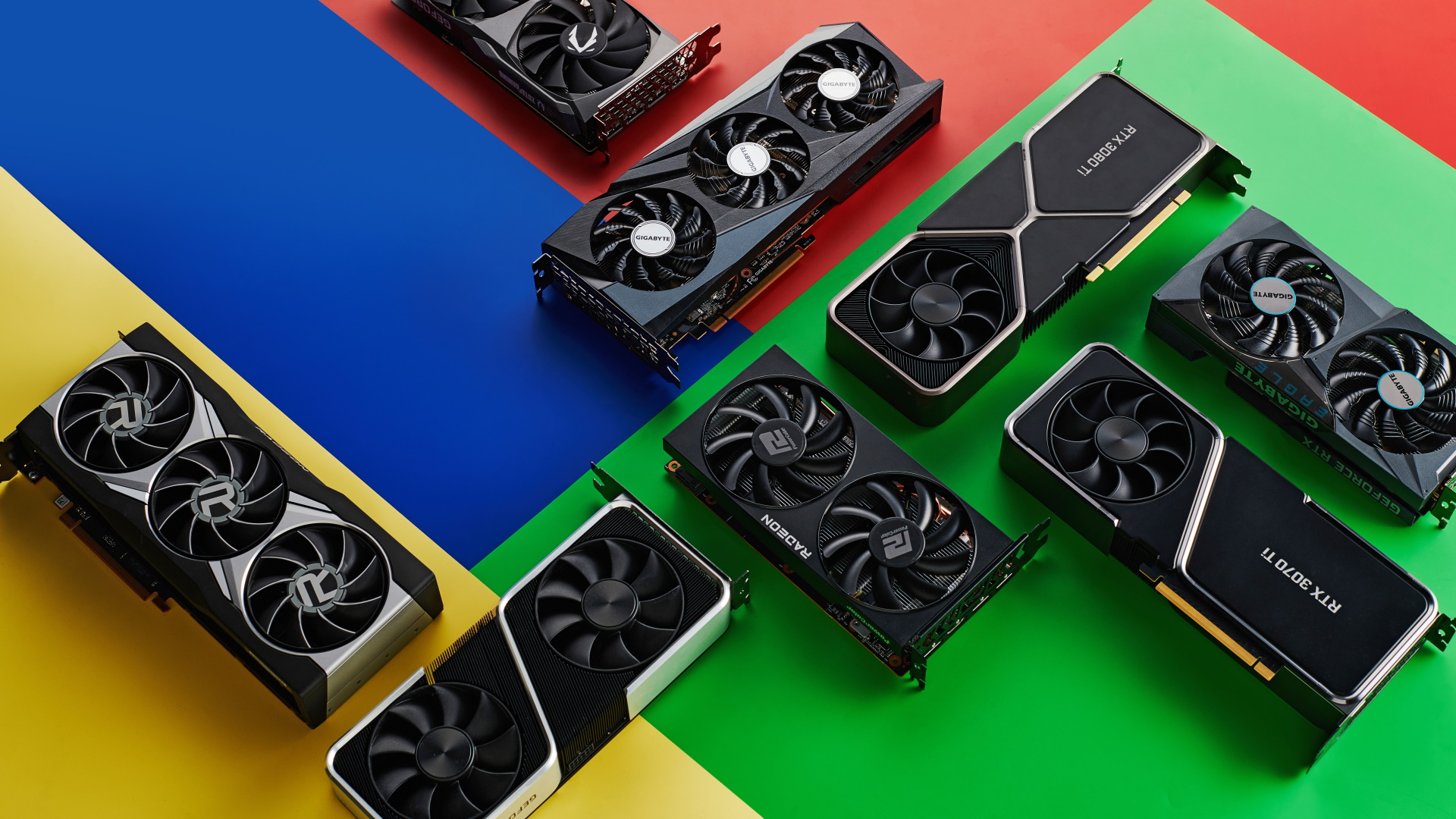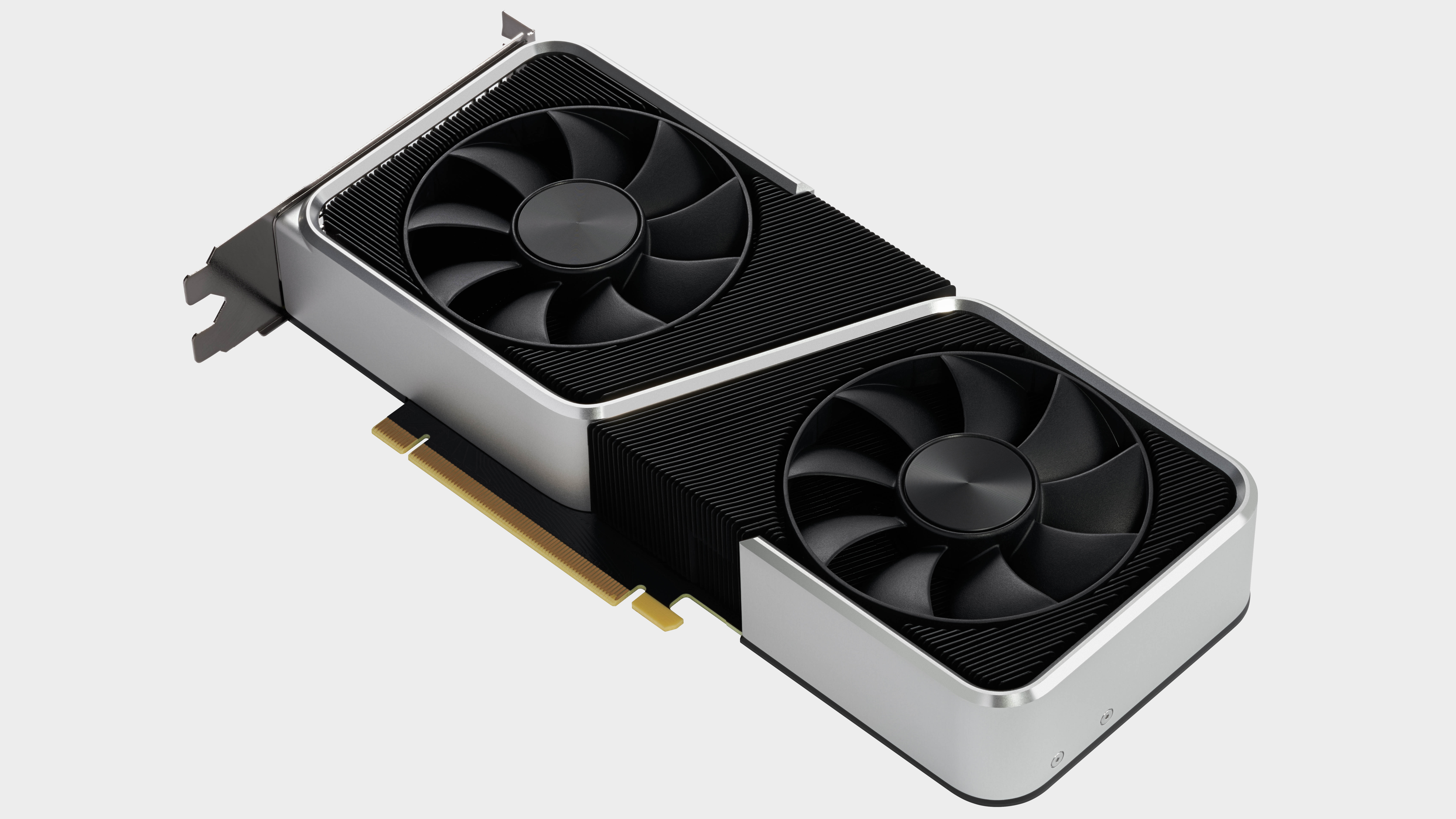Don't be blinded by GPU price drops, buying an RTX 3080 even at MSRP is a mistake
Nvidia's 4000-series is too close to release to be dropping serious money on today's hyper-expensive GPUs.

The fact some graphics cards have dropped below their MSRPs for the first time since release is absolutely good news. The perfect storm of a cryptocurrency crash and the current generation nearing the end of its natural life means the hunger for Nvidia's Ampere and AMD's RDNA 2 GPUs is abating. The thing many of us have been waiting two years for is finally coming to fruition, but that doesn't necessarily mean now is the best time to upgrade your graphics card.
Our sister site, Tom's Hardware, has been tracking graphics card prices for a while now, and the latest figures show plenty of cards at far more tempting prices. There are even a few that are below the official MSRPs, although it's telling which cards are, as it tends to be the most expensive offerings.
You can for instance grab the GeForce RTX 3090 Ti for around $1,800 at some retailers, which is $200 less than the $2,000 MSRP. It's a similar story for the RTX 3080 Ti, AMD Radeon RX 6950 XT, and the RX 6900 XT, which have all dropped down to less than their original listing prices.
It's as you head down the product stacks that the reductions are less impactful though, with our fave GPU of this generation, the Nvidia GeForce RTX 3080, still sitting some 10% above its MSRP at around $770-$800. Our next pick, the AMD Radeon RX 6800 XT, can be had for the same money.
This begs the question though, at what point do you pull the trigger and grab one of these much sought-after cards? Well, hold that thought a second, because there's a reason the more expensive cards have seen bigger price drops, and that will impact the pick of the bunch too—the next-generation cards are imminent.
The RTX 3060 Ti isn't expected to be replaced until well into 2023.
We may have been waiting for GPU prices to normalise for two years, but it's hardly like the red and green teams have been sat twiddling their thumbs in that time. Both Nvidia's Ada Lovelace and AMD's RDNA 3 will be released before the year closes out—potentially as early as September—and they're both promising big improvements on the current generation.
We're in deep rumour territory here, but leakers have suggested the RTX 4090 will offer up to 2x performance of the 3090 at 4K. It won't be 2x gen-on-gen with every GPU, but we'd expect to see a decent performance uplift across the whole product stack. Even if that means the RTX 4080 equivalent is just, say 50% better than the RTX 3080, that still makes dropping $700 on the current-gen card today look questionable if the new one is potentially just three months from launch.
The biggest gaming news, reviews and hardware deals
Keep up to date with the most important stories and the best deals, as picked by the PC Gamer team.
Even allowing for a price increase due to the high demands on TSMC's production lines, the proposed uplift in performance still makes the next-gen cards the ones worth holding out for. At the very least you should find that the current generation of cards will continue to drop in price if there is still a wealth of cards sitting on the shelves, so holding off isn't going to bite you on the ass either.


Best CPU for gaming: The top chips from Intel and AMD
Best gaming motherboard: The right boards
Best graphics card: Your perfect pixel-pusher awaits
Best SSD for gaming: Get into the game ahead of the rest
We're expecting the high-end cards to be released first, exactly as they did this generation, making these difficult to recommend right now. The likes of the RTX 3060 Ti, and lower, aren't expected to be replaced until well into 2023 though, so those are the cards that are worth keeping an eye on as they near their MSRPs. Although right now, RTX 3060 Tis are still selling for $100 more than their $400 launch price, so there's no rush here.
One thing that could happen, of course, is that Nvidia and AMD could respond to a potential glut of graphics cards by holding off the release of the next-gen cards. Even if this were to happen, there's surely a limit to how long either would want to wait, which means any delay might not be for particularly long. Maybe pushing the release to the end of a month as opposed to the start, due to the demands on silicon production.
There's a caveat to all of this of course, and that's if you do need a new graphics card right now—if yours suddenly dies for example—then that puts you in a very different place than if you just fancied an upgrade. If that's the situation, then you could make a case for picking up the best of the current crop. Although that's going to make for some nervous times as we head into the autumn and the benchmarks for the next generation cards start to appear.
It's great that we're finally seeing GPUs at their MSRPs, but it's important not to be blinded by the fact they're available at close to MSRP or even below. It's taken so long to get here, that the next-gen is just around the corner. If you possibly can, therefore, it's worth holding off for now if your upgrade sights are pointed towards the top of the GPU stack. But if your aim is lower down the stack, things are looking good, as they still won't be replaced for a while yet.
Alan has been writing about PC tech since before 3D graphics cards existed, and still vividly recalls having to fight with MS-DOS just to get games to load. He fondly remembers the killer combo of a Matrox Millenium and 3dfx Voodoo, and seeing Lara Croft in 3D for the first time. He's very glad hardware has advanced as much as it has though, and is particularly happy when putting the latest M.2 NVMe SSDs, AMD processors, and laptops through their paces. He has a long-lasting Magic: The Gathering obsession but limits this to MTG Arena these days.


